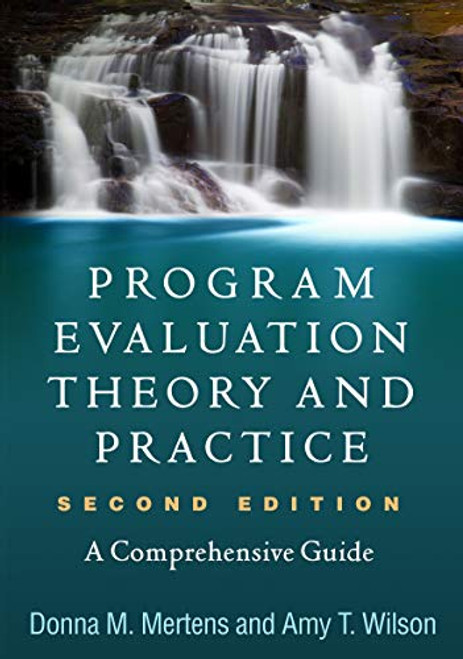A supplementary guide for students who are learning how to evaluate reports of empirical research published in academic journals.
Your students will learn the practical aspects of evaluating research, not just how to apply a laundry list of technical terms from their textbooks.
Each chapter is organized around evaluation questions. For each question, there is a concise explanation of how to apply it in the evaluation of research reports.
Numerous examples from journals in the social and behavioral sciences illustrate the application of the evaluation questions. Students see actual examples of strong and weak features of published reports.
Commonsense models for evaluation combined with a lack of jargon make it possible for students to start evaluating research articles the first week of class.
The structure of this book enables students to work with confidence while evaluating articles for homework.
Avoids oversimplification in the evaluation process by describing the nuances that may make an article publishable even though it has serious methodological flaws. Students learn when and why certain types of flaws may be tolerated. They learn why evaluation should not be performed mechanically.
This book received very high student evaluations when field-tested with students just beginning their study of research methods.
Contains more than 60 new examples from recently published research. In addition, minor changes have been made throughout for consistency with the latest edition of the Publication Manual of the American Psychological Association.












